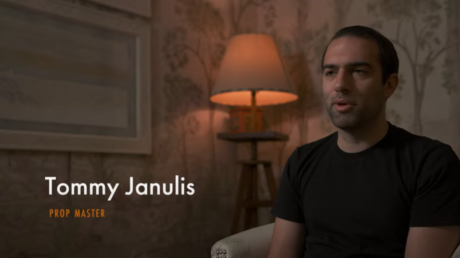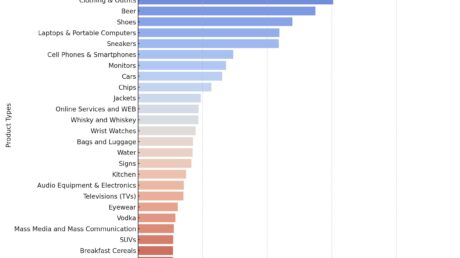Since the moment Bulova watches debuted the first television ad during a baseball game in 1941, TV advertising has had a last-mile quandary: How do brands convert the desire to purchase into actual sales? With the dawn of digital advertising and its clear path to conversion, advertisers began shifting their dollars away from TV. Now, analysts believe that marketers will spend around $65 billion on TV advertising compared to a whopping $315 billion on digital by 2025. It’s clear that TV advertising needs a better solution. Interestingly, that solution may come from an unlikely place — brands appearing inside the content rather than surrounding it.
Brands understand that integrating their products into content narratives can create an emotional connection with audiences, and even enhance their desire to make a purchase. The challenge arises in converting that interest into action in a measurable way.
Recent studies conducted by Magna revealed that 48 percent of surveyed audiences are sometimes inclined to make a purchase after viewing integrated content, while 15 percent desire to do so every time they see a product they like. Furthermore, the study showed that consumers want a frictionless path from content to commerce, with over half of respondents expressing frustration in having to hunt for products. Now more than ever, there’s a need to seamlessly connect that moment of intrigue with an easy route to purchase.

The Shoppable Content Opportunity
Shoppable content is the next frontier in TV advertising’s evolution. With it, consumers can spot a product that intrigues them in a movie or TV show and be seamlessly directed to the location where they can purchase that item. Five years to 10 years ago the technology wasn’t ready. It is now.
The most important step in creating shoppable content is thinking about it like product placement. Like with any effective integration, a brand needs to add to the context, meaning and depth of the scene and characters that it partakes in. When you take the next step of making an in-scene product shoppable, that experience must be as seamless for the viewer as possible.
3 Moments Where Shoppable Stunned
One example of what this process can look like is with the hit show, “Emily in Paris.” The show features countless outfits and accessories that audiences immediately wanted to purchase upon watching. Usually, it would require spotting brand tags on clothes or combing through blogs to find out where you could buy these items. But with season two of the show, ViacomCBS partnered with Netflix and Saks.com to have specific websites that viewers could visit to browse products worn by their favorite characters. With these websites, fans could skip the research phase and dive straight into shopping for their favorite looks.
Brands can also create fun and surprising moments with shoppable content. For example, look at Netflix’s animated series, “Entergalactic.” At certain moments in the show, viewers could spot QR codes seamlessly embedded in the scenes. If they paused the show at those moments and scanned the code, it brought them directly to the Netflix shop website where they could purchase T-shirts, sweatshirts, hats, and even skateboards. For viewers, these moments were a fun surprise that played upon their own curiosity. For the brands involved, it closed the gap even further.
Shoppable content isn’t limited to narrative storytelling either. Take NBC and Lacoste’s shoppable experience during the French Open. During broadcasted matches featuring Novak Djokovic, a Lacoste ambassador, QR codes appeared on screen that once scanned directed fans to the Lacoste website. Here, the purchasing opportunity was a positive addition to the broadcast and not interruptive, allowing interested fans the ability to be a little bit more like their favorite sports star.
Shoppable Content’s Balancing Act
While there’s excitement and buzz around the future of shoppable content, brands need to be mindful that the intent shouldn’t be to interrupt the viewing experience but to enhance it. To avoid having shoppable content become oversaturated and disruptive to the viewing experience, there’s an important balancing act that will need to take place: The placement needs to exist where viewers that want to participate can, but not be so prominent that those uninterested are obstructed from enjoying the content. When that’s done effectively, all parties win.
Over the next 12 months to 24 months, I believe we’ll see the evolution of “last-mile delivery” in product placement actively unfold in a major and exciting way.
Erin Schmidt is chief product placement officer for BENlabs, a product placement, influencer marketing and licensing company.




